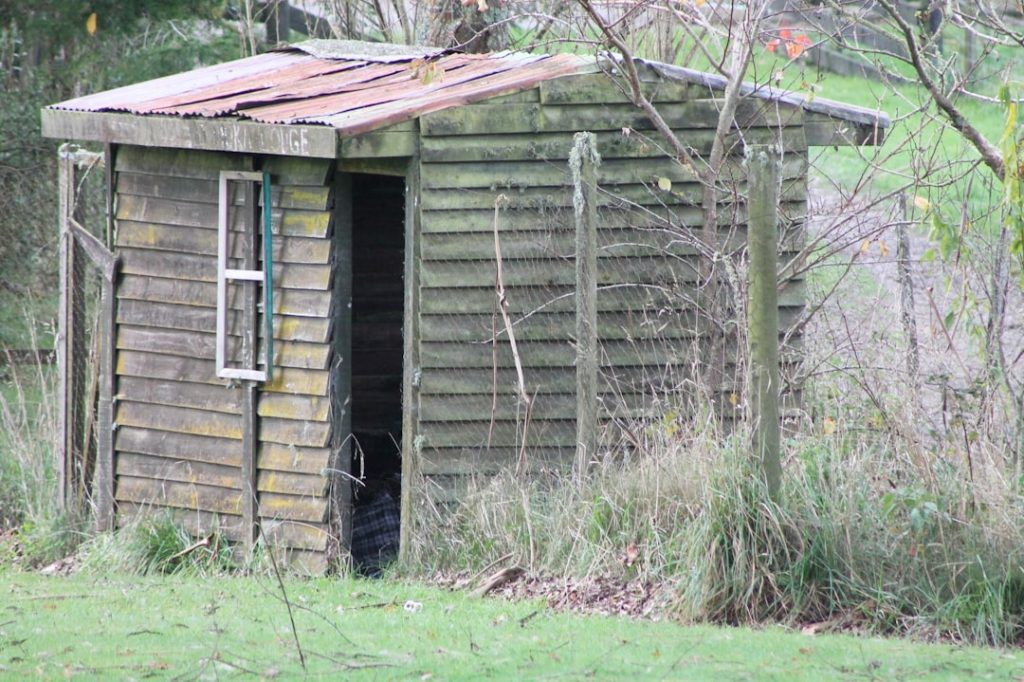Understanding canine aggression is essential for effective management and resolution. Aggression in dogs can stem from various factors, including fear, territoriality, possessiveness, or pain. Observing a dog’s body language and identifying triggers are crucial steps in determining the root cause of aggressive behavior.
For instance, aggression when food or toys are approached may indicate possessive tendencies, while aggression towards unfamiliar people or animals could suggest fear-based reactions. Breed characteristics and individual personality traits play significant roles in a dog’s behavior. While certain breeds may have predispositions towards aggression, it’s important to recognize that each dog is unique.
Past experiences and traumas can also contribute to aggressive behavior. By identifying specific triggers and understanding the dog’s background, owners can develop targeted strategies to address aggression effectively. Aggressive behavior in dogs can manifest through various signs, including growling, barking, lunging, and biting.
Early recognition of these signs is crucial for proactive intervention. By comprehending the underlying causes and triggers of a dog’s aggression, owners can create a more secure and stable environment. This understanding also facilitates the development of a stronger bond between dog and owner, based on trust and mutual respect.
Table of Contents
- 1 Creating a Secure Environment
- 2 Training and Socialization
- 3 Providing Adequate Exercise and Mental Stimulation
- 4 Using Deterrents and Repellents
- 5 Seeking Professional Help
- 6 Monitoring and Supervision
- 7 FAQs
- 7.1 What are some methods to keep a dog from eating chickens?
- 7.2 Why do dogs eat chickens?
- 7.3 How can training help prevent a dog from eating chickens?
- 7.4 What role does supervision play in preventing a dog from eating chickens?
- 7.5 Are there any products or devices that can help keep a dog from eating chickens?
Key Takeaways
- Understanding the behavior of your pet is crucial in creating a secure environment for them.
- Creating a secure environment involves securing your home and yard to prevent escape and potential dangers.
- Training and socialization are essential for a well-behaved and confident pet.
- Providing adequate exercise and mental stimulation is important for the physical and mental well-being of your pet.
- Using deterrents and repellents can help in preventing unwanted behaviors and keeping your pet safe.
- Seeking professional help from a trainer or behaviorist can be beneficial in addressing any behavioral issues.
- Monitoring and supervision are necessary to ensure the safety and well-being of your pet at all times.
Creating a Secure Environment
Establishing Clear Boundaries and Rules
It’s important to establish clear boundaries and rules within your home to help your dog feel secure and understand their place within the family hierarchy. This can include providing your dog with their own space, such as a crate or bed, to help them feel safe and secure in their environment.
Minimizing Triggers for Aggression
Minimizing potential triggers for aggression within your home can help reduce stress and anxiety in your dog, which can in turn help reduce their aggressive tendencies. This may include keeping food and toys out of reach of other pets or family members, as well as providing separate feeding areas for multiple pets.
Reducing Stress and Anxiety
Creating a calm and structured environment can help reduce stress and anxiety in your dog, which can in turn help reduce their aggressive tendencies. Providing plenty of mental and physical stimulation through toys, puzzles, and exercise can also help alleviate boredom and reduce the likelihood of aggressive behavior.

Training and socialization are key components in addressing aggressive behavior in dogs. Positive reinforcement training techniques can help teach your dog appropriate behaviors and responses, while also strengthening the bond between you and your pet. It’s important to work with a professional trainer who has experience in dealing with aggressive dogs, as they can provide valuable guidance and support throughout the training process.
Socialization is also crucial in helping your dog learn how to interact with other animals and people in a positive manner. Exposing your dog to new experiences and environments in a controlled and positive way can help reduce fear-based aggression and build confidence in your pet. It’s important to start socialization early on in your dog’s life and continue to expose them to new experiences throughout their lifetime.
Consistent training and socialization efforts can help address aggressive behavior in dogs by teaching them appropriate responses and helping them feel more comfortable in various situations. Positive reinforcement training techniques can help teach your dog appropriate behaviors while strengthening the bond between you and your pet. Working with a professional trainer who has experience in dealing with aggressive dogs can provide valuable guidance and support throughout the training process.
Socialization is also crucial in helping your dog learn how to interact with other animals and people in a positive manner. Exposing your dog to new experiences and environments in a controlled and positive way can help reduce fear-based aggression and build confidence in your pet.
Providing Adequate Exercise and Mental Stimulation
Providing adequate exercise and mental stimulation is essential for addressing aggressive behavior in dogs. Regular physical activity can help release pent-up energy and reduce stress, which can in turn reduce the likelihood of aggressive behavior. This may include daily walks, playtime, or engaging in activities such as agility or obedience training.
In addition to physical exercise, mental stimulation is also important for keeping your dog engaged and fulfilled. This may include providing puzzle toys, interactive games, or training exercises that challenge your dog’s mind. Keeping your dog mentally stimulated can help prevent boredom and reduce the likelihood of destructive or aggressive behaviors.
Providing adequate exercise and mental stimulation is essential for addressing aggressive behavior in dogs. Regular physical activity can help release pent-up energy and reduce stress, which can in turn reduce the likelihood of aggressive behavior. This may include daily walks, playtime, or engaging in activities such as agility or obedience training.
In addition to physical exercise, mental stimulation is also important for keeping your dog engaged and fulfilled. This may include providing puzzle toys, interactive games, or training exercises that challenge your dog’s mind.
Using Deterrents and Repellents
Using deterrents and repellents can be an effective way to manage aggressive behavior in dogs. This may include using tools such as muzzles or head collars to prevent biting or lunging, as well as using deterrent sprays or noise devices to interrupt aggressive behaviors. It’s important to use these tools in conjunction with positive reinforcement training techniques to teach your dog appropriate behaviors.
Additionally, creating a safe space for your dog to retreat to when they feel stressed or threatened can also act as a deterrent for aggressive behavior. This may include providing a crate or bed where your dog can go to relax and feel safe when they are feeling overwhelmed. Using deterrents and repellents can be an effective way to manage aggressive behavior in dogs.
This may include using tools such as muzzles or head collars to prevent biting or lunging, as well as using deterrent sprays or noise devices to interrupt aggressive behaviors. It’s important to use these tools in conjunction with positive reinforcement training techniques to teach your dog appropriate behaviors.
Seeking Professional Help

Expert Guidance and Support
A professional trainer or behaviorist who has experience working with aggressive dogs can provide valuable guidance and support throughout the training process. They can help identify the underlying causes of your dog’s aggression and develop a tailored training plan to address the issue.
The Role of Medication
In some cases, medication may be necessary to help manage an aggressive dog’s behavior. It’s important to work with a veterinarian who has experience in behavioral issues to determine if medication is necessary and develop a treatment plan that is safe and effective for your pet.
Comprehensive Approach
Seeking professional help is crucial when dealing with aggressive behavior in dogs. A professional trainer or behaviorist who has experience working with aggressive dogs can provide valuable guidance and support throughout the training process. They can help identify the underlying causes of your dog’s aggression and develop a tailored training plan to address the issue.
Monitoring and Supervision
Monitoring and supervision are essential components of managing an aggressive dog’s behavior. It’s important to closely monitor your dog’s interactions with other animals and people, especially during the early stages of addressing their aggression. This may include using leashes or barriers to prevent potential conflicts while working on training and socialization.
Additionally, it’s important to supervise your dog when they are in new environments or situations that may trigger their aggression. By closely monitoring your dog’s behavior, you can intervene early on if necessary and prevent potential conflicts from escalating. Monitoring and supervision are essential components of managing an aggressive dog’s behavior.
It’s important to closely monitor your dog’s interactions with other animals and people, especially during the early stages of addressing their aggression. This may include using leashes or barriers to prevent potential conflicts while working on training and socialization. In conclusion, addressing aggressive behavior in dogs requires a comprehensive approach that includes understanding the underlying causes of the aggression, creating a secure environment, training and socialization, providing adequate exercise and mental stimulation, using deterrents and repellents when necessary, seeking professional help when needed, and closely monitoring and supervising your dog’s behavior.
By taking proactive steps to address their aggression, you can help create a safer and more fulfilling life for both you and your pet.
If you’re struggling with keeping your dog from eating your chickens, you may want to consider building a secure chicken coop like the one featured in this article. A sturdy coop can help protect your chickens from potential predators, including your own dog. Additionally, implementing proper training and supervision for your dog around the chickens can also help prevent any unwanted incidents.
FAQs
What are some methods to keep a dog from eating chickens?
Some methods to keep a dog from eating chickens include training the dog to leave the chickens alone, providing a secure and sturdy chicken coop, using deterrents such as motion-activated sprinklers or noise devices, and supervising the dog when it is around the chickens.
Why do dogs eat chickens?
Dogs may eat chickens due to their natural predatory instincts, boredom, or lack of proper training and supervision. Some dogs may also view chickens as prey or as a source of food.
How can training help prevent a dog from eating chickens?
Training can help prevent a dog from eating chickens by teaching the dog to obey commands such as “leave it” or “stay,” and by reinforcing positive behavior around the chickens. Consistent training and positive reinforcement can help the dog understand that the chickens are off-limits.
What role does supervision play in preventing a dog from eating chickens?
Supervision is important in preventing a dog from eating chickens as it allows the owner to intervene and correct any unwanted behavior. By supervising the dog’s interactions with the chickens, the owner can ensure that the dog does not have the opportunity to harm the chickens.
Are there any products or devices that can help keep a dog from eating chickens?
Yes, there are products and devices such as motion-activated sprinklers, noise devices, and physical barriers that can help deter a dog from eating chickens. These products can be used to create a boundary between the dog and the chickens, making it more difficult for the dog to access the chickens.
Meet Walter, the feathered-friend fanatic of Florida! Nestled in the sunshine state, Walter struts through life with his feathered companions, clucking his way to happiness. With a coop that’s fancier than a five-star hotel, he’s the Don Juan of the chicken world. When he’s not teaching his hens to do the cha-cha, you’ll find him in a heated debate with his prized rooster, Sir Clucks-a-Lot. Walter’s poultry passion is no yolk; he’s the sunny-side-up guy you never knew you needed in your flock of friends!







